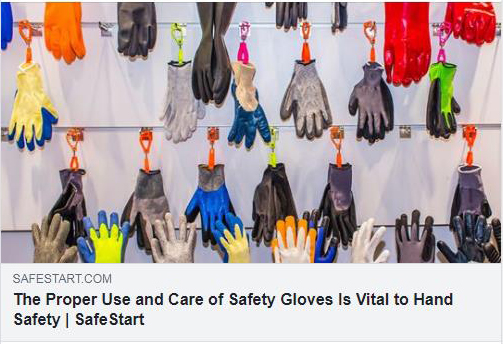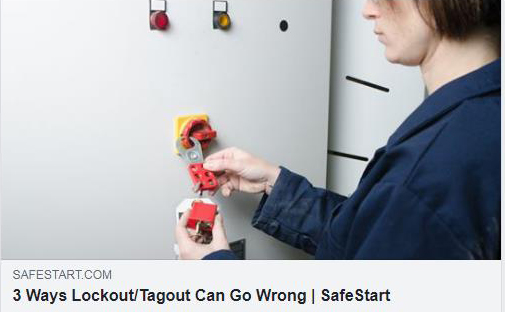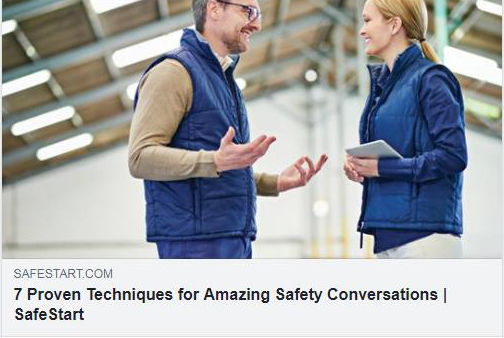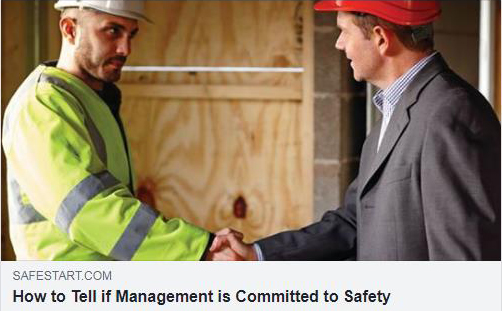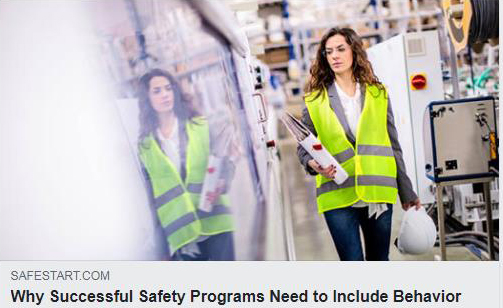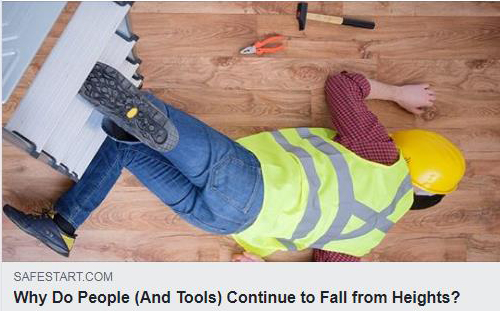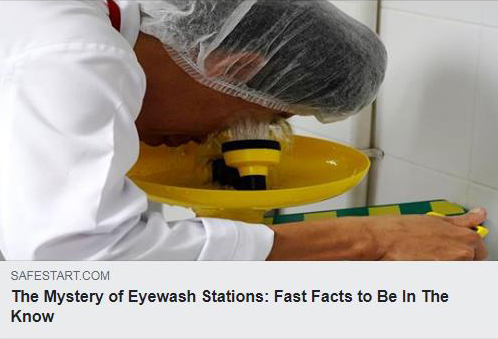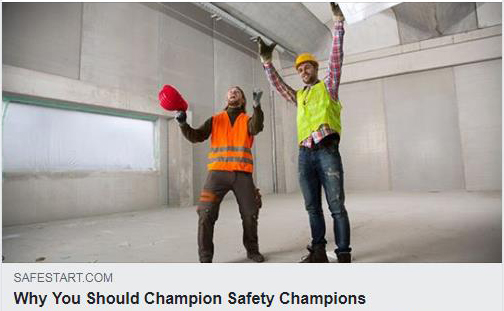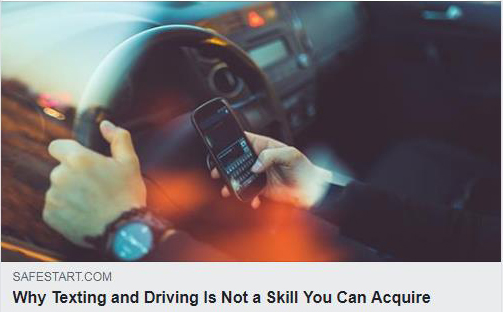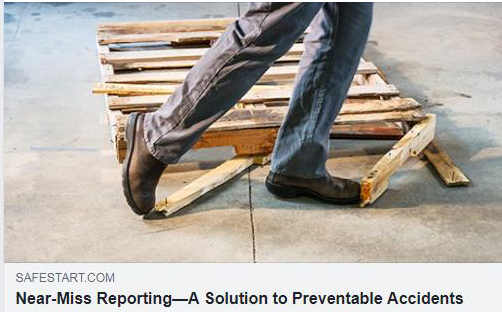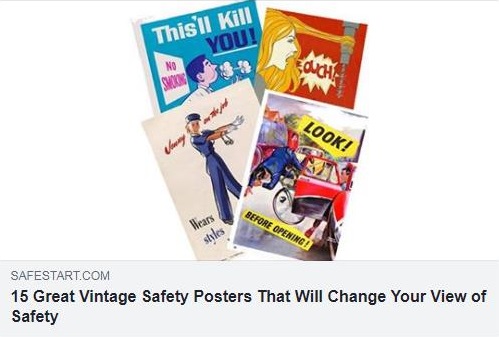Whether you’re new to our blog, or you’ve been keeping pace with our posts, we’ve compiled our most well-read blog posts of 2018 all right here. Check out our year in review, with the most popular posts (according to our readers) sorted by month.
January
The Proper Use and Care of Safety Gloves Is Vital to Hand Safety
Anyone who has dealt with recurrent cuts or hand injuries knows the importance of gloves. But did you know that the incorrect use of safety gloves can y endanger the safety of the person wearing them and also potentially affect the safety of others? There’s more to hand safety than just putting on a pair of gloves.
February
3 Ways Lockout/Tagout Can Go Wrong
Lockout/tagout seems like a pretty straightforward process. But when lockout/tagout is done improperly, it is most often followed by a serious injury or fatality. There are many ways lockout/tagout can go wrong but three major factors, in particular, can spell disaster in any workplace.
March
7 Proven Techniques for Amazing Safety Conversations
Safety is often associated with dry, boring conversations. But it’s important for safety conversations to impact workers since their safety could rely on them. Turn safety discussion into something people will remember and be inspired by with the use of these seven proven techniques.
April
3 Easy Ways to Maintain Ergonomics in the Driver’s Seat
Ergonomics are often applied in the workplace, whether it’s a computer desk, chair height, distance from the monitor and body posture. Considerations are also given to product storage, material handling and how the fixtures within a facility are used. But how do ergonomics translate to the driver’s seat? Driving a vehicle can be more detrimental to long-term health than sitting or standing job functions when it comes to repetitive stress injuries so it’s important to brush up on these three easy driving ergonomic tips.
May
How to Tell if Management is Committed to Safety
Safety—like many other things—begins at the managerial level and trickles down to the supervisors and the rest of the workforce. Almost every company says they’re committed to safety, but managers need to walk the talk if they want to maintain a sustainable safety culture.
June
Why Successful Safety Programs Need to Include Behavior
Rylan Page, Corporate Safety Manager for Vector Construction, discusses the importance of making people care about safety. A huge part of the success or failure of an EHS initiative comes down to workers’ attitudes and beliefs about what’s important.
July
Why Do People (And Tools) Continue to Fall from Heights?
Working at heights has two major safety dimensions—the safety of those above and the safety of those below. Every year many workers are injured or die after falling from ladders, scaffolds or other elevated areas, or are struck by something that has fallen. So why aren’t many companies able to prevent the same incidents from happening repeatedly?
August
The Mystery of Eyewash Stations: Fast Facts to Be In The Know
The problem (or blessing) if you’ve never had to use an emergency eyewash station is that you may take them for granted. You often become complacent to them being nearby because no one has needed to rely on one. Beyond knowing that you are required to have an eyewash station, there’s still a lot of mystery behind them for most companies.
September
Why You Should Champion Safety Champions
In his column in Safety Decisions magazine, Ray Prest discusses the need for companies to collaborate with safety champions. But first, they need to identify them. Prest describes why safety champions are important to the safety culture and he outlines ways to spot them. He also discusses four techniques that management can use to cultivate safety champions.
October
Why Texting and Driving Is Not a Skill You Can Acquire
According to a new study, many drivers do not perceive texting and driving to be as dangerous as it’s proven to be. Even with new laws in place, people’s perceptions need to change to prevent fatalities and injuries caused by texting and driving. And if the research mentioned above is anything to go by, new laws are only the beginning of the road.
November
Near-Miss Reporting—A Solution to Preventable Accidents
Getting employees to report near-misses is a common struggle for many safety professionals. A near-miss can identify why the potential for injury was present and can help organizations eliminate the hazard before it results in an incident. Learn the difference between a hazard, a near-miss and what you need to do to avoid both.
December
15 Great Vintage Safety Posters That Will Change Your View of Safety
Safety posters are great communication tools that have appeared in workplaces for over a hundred years. See how they’ve evolved over the years, starting in the mid-1800s.


